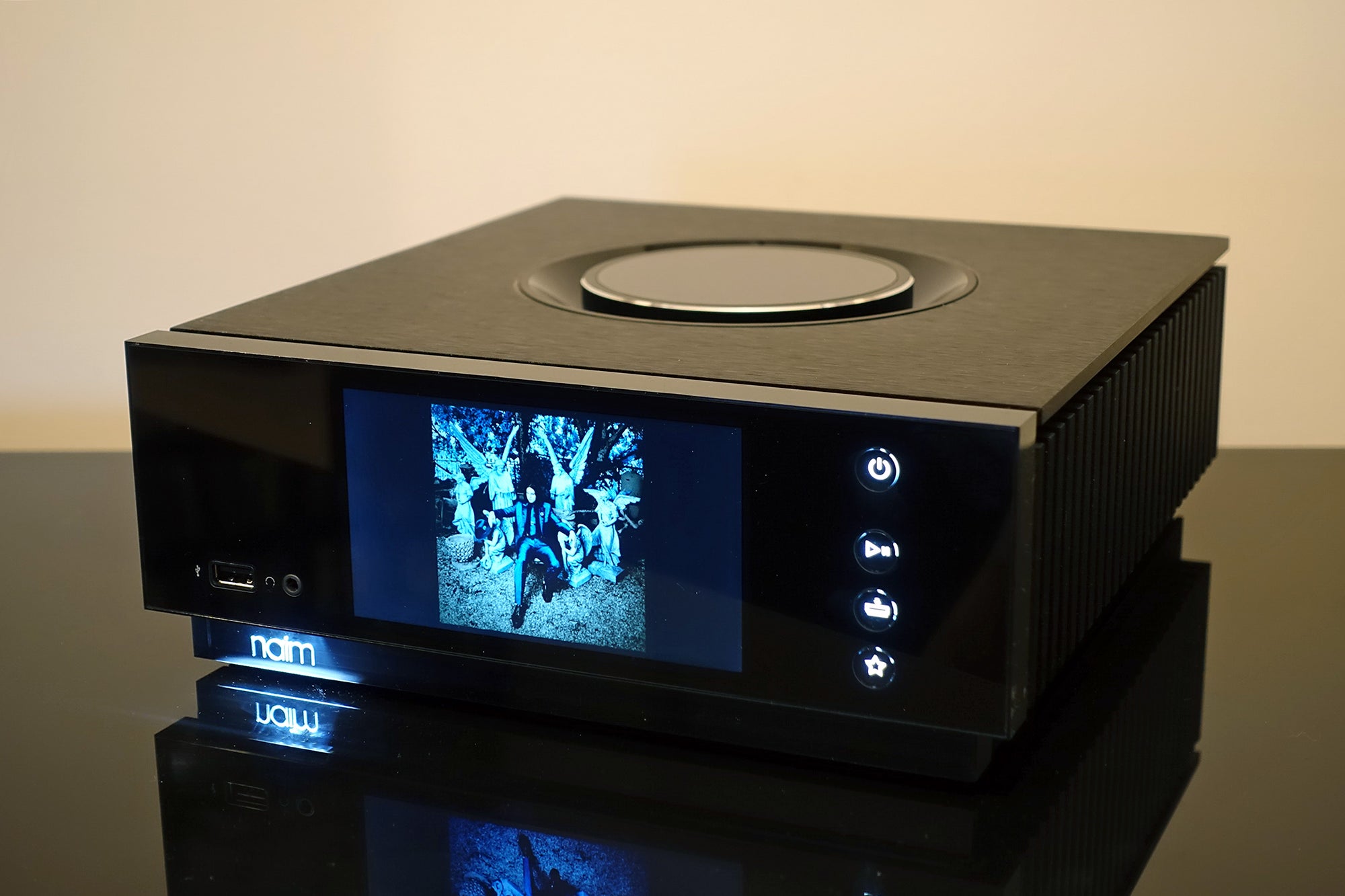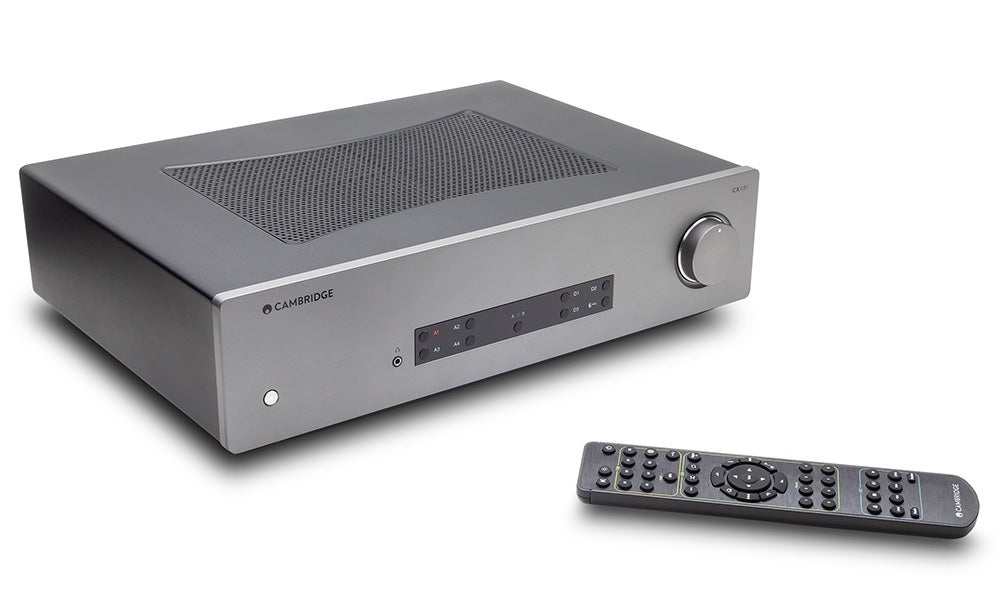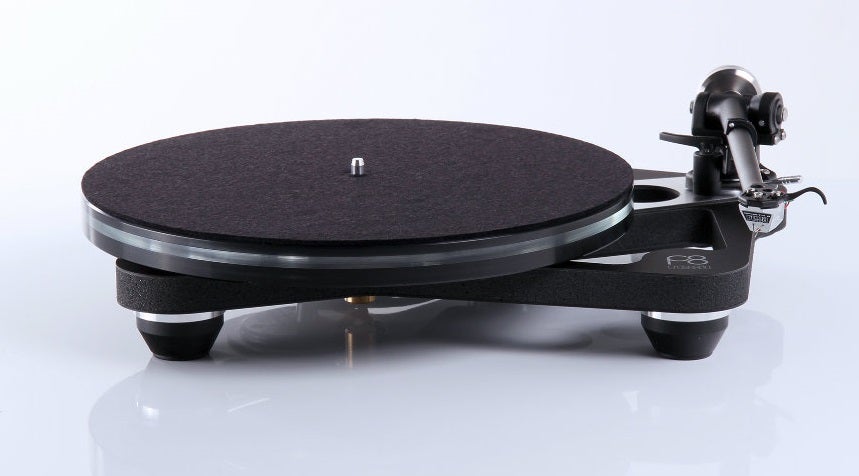iFi GO bar Review
Yes, the iFi GO bar seems a bit expensive – but only until you hear it
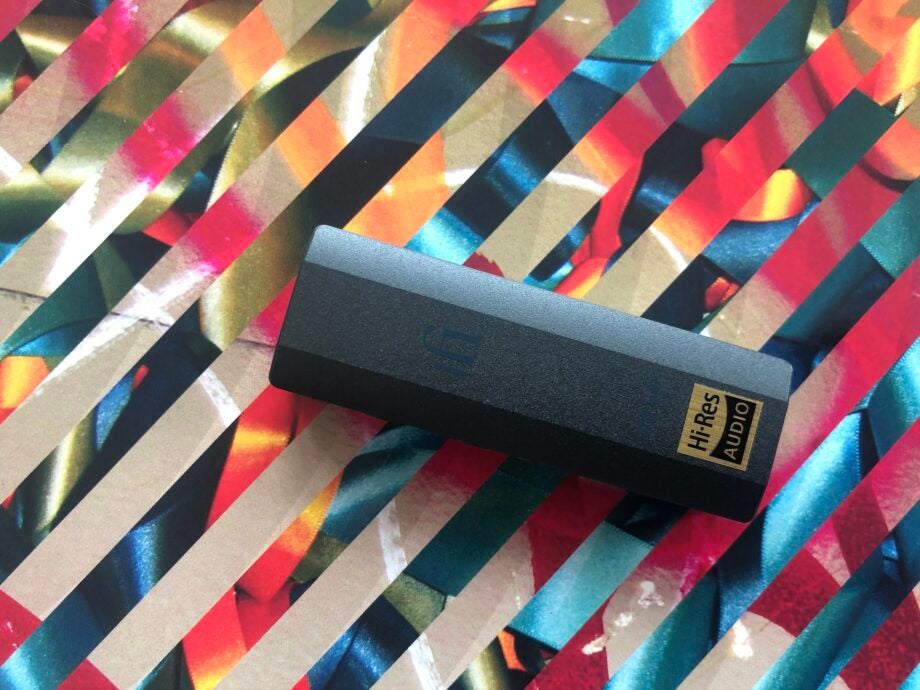

Verdict
The iFi Go bar is not what you’d call affordable for a portable DAC, but it does offer a thrilling sound to accompany your music tastes when you’re out and about, and features an impressively comprehensive specification.
Pros
- Open, detailed and endlessly informative sound
- Extremely wide digital audio compatibility
- iOS and Android connections provided
Cons
- (Relatively) pricey
- (Relatively) bulky
- LEDs and accompanying text are basically illegible
Key Features
- MQAFull MQA decoding
- DAC32bit/384kHz Cirrus Logic DAC chipset
- Set-upChoice of DAC filters
Introduction
iFi, it becomes increasingly apparent, knows exactly what it’s doing when it comes to turning digital audio information into the sort of analogue signal headphones and loudspeakers (and ears, for that matter) can understand.
It’s ever-expanding range of DACs/headphone amps are invariably there-or-thereabouts when Trusted Reviews is discussing your best options.
With the GO bar, iFi wants to bring some of expertise to the dongle-shaped variation on a theme that’s so popular with folks who take their portable listening seriously. But in a slightly un-iFi move, the Go bar arrives with a properly premium price attached. Could this be (whisper it) a rare iFi miscalculation?
Price and Availability
Availability
- UKRRP: £329
- USATBC
- EuropeTBC
- CanadaTBC
- AustraliaTBC
The iFi GO bar is on sale now, and in the UK it costs a not-inconsiderable £329. In the United States it’s a slightly more palatable $329, while Australian customers should steel themselves to pay AU$479.
That’s obviously quite a lot of money for not very much thing – and it also prices the GO bar beyond some extremely well-regarded alternatives from the likes of Astell & Kern, AudioQuest and, let’s not forget, iFi itself. How does iFi intend to justify the asking price?
Design
- 65 x 22 x 13mm
- 29g
- USB-C input; 3.5mm and 4.4mm outputs
Having said the Go bar doesn’t constitute much thing for the money, here’s where I point out it’s much more thing-y than many of its nominal rivals. At 65 x 22 x 13mm and 29g it’s quite a hefty little stick – obviously it’s no burden as part of a desktop/laptop audio system, but if you want it to put a rocket up your portable listening experience it will require some space in your pocket.
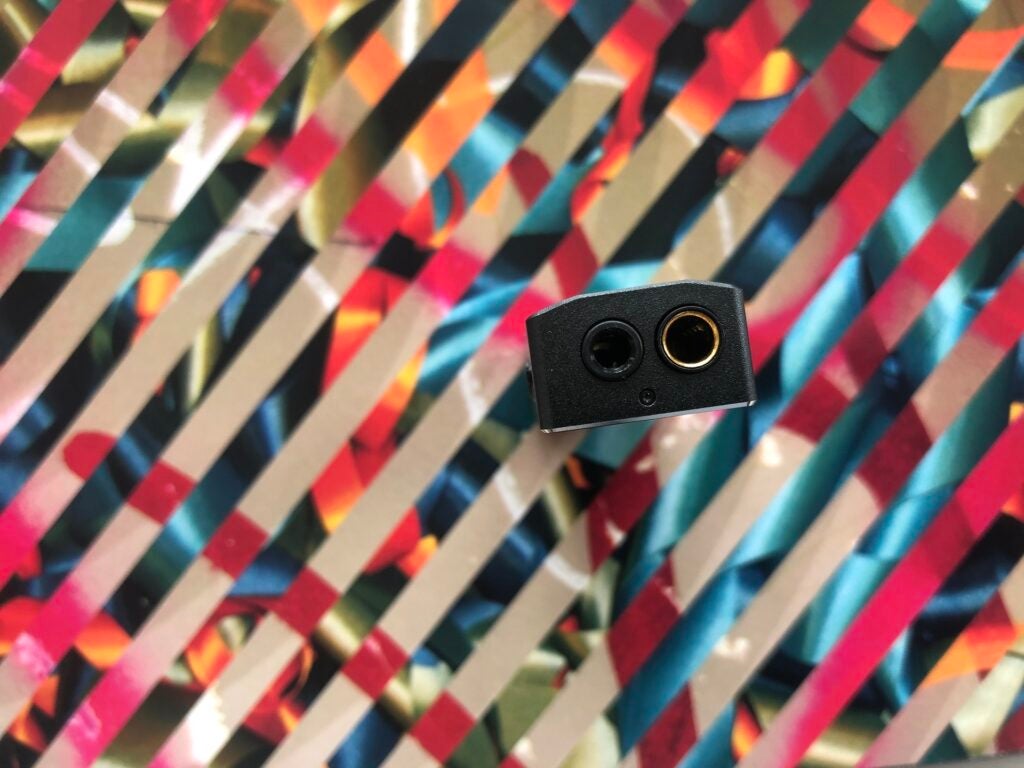
It’s extremely sturdily built (from tactile alloy) and finished, and shaped to be just mildly more interesting than your regular trapezoidal prism. At one end there’s a USB-C input (iFi provides chunkily terminated, braided USB-C to USB-C and USB-C to Lightning cables in the packaging, along with a USB-C to USB-A adapter), and at the other there are 3.5mm unbalanced and 4.4mm balanced outputs.
Along one side of the Go bar there are four controls, some of which are responsible for numerous functions. The iEMatch switch (which toggles between 4.4, 3.5 and off) attenuates power to suit headphones of higher sensitivity.
The button at the opposite end looks after the Xbass and Xspace audio presets, as well as allowing you to scroll through four different digital filters. In between, there are ‘+’ and ‘-’ buttons that adjust volume – and if you press and hold them both simultaneously you can examine the difference between normal and turbo listening modes.
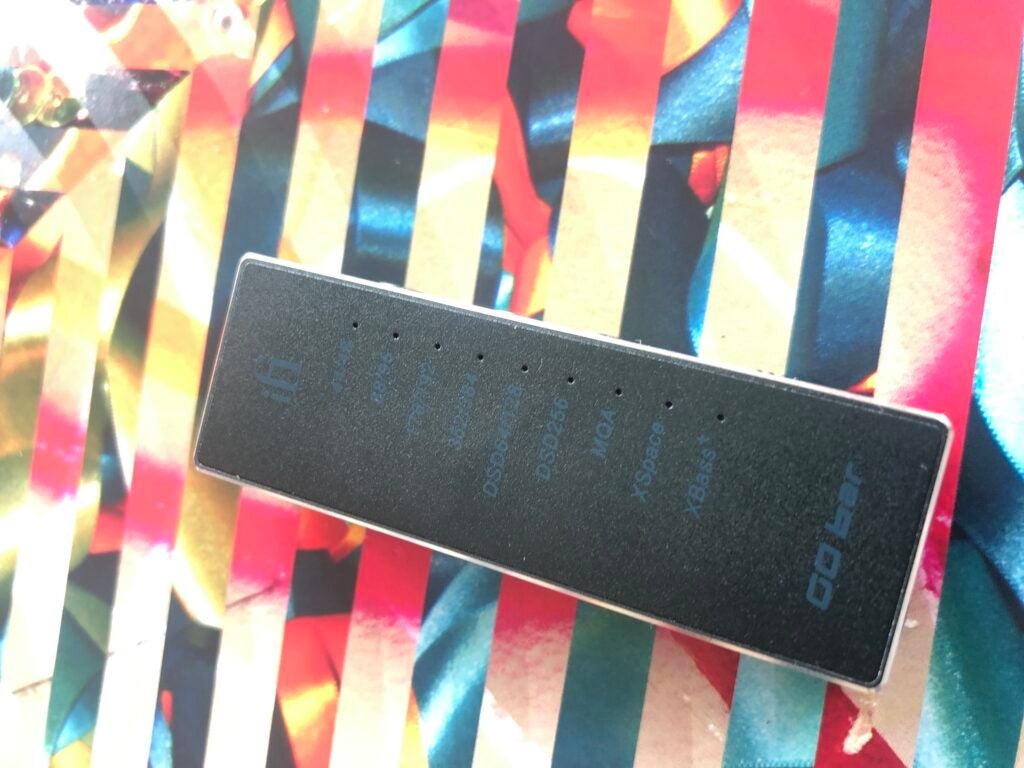
On the reverse of the Go bar there are nine absolutely miniscule LEDs giving some indication of file type, bit-rate, volume level, and Xbass and/or Xspace deployment. Or, at least, they would if iFi hadn’t taken the remarkable decision to label these tiny LEDs in shiny black (against the matte black casework) in a font so small it’s basically invisible.
Features
- 32bit/384kHz Cirrus Logic DAC
- Full MQA decoder
- Balanced analogue circuitry
As is customary, iFi has gone to town where the important innards of the GO bar are concerned.
It’s specified capacitors from (among others) Panasonic and TDK. It’s significantly fettled the XMOS 16-core processor that first takes delivery of digital audio information via the USB-C input. It’s specified a hugely capable 32-bit Cirrus Logic DAC chipset.
The result is a DAC that’s capable of dealing with every worthwhile file type, and can deliver native hi-res playback of PCM to 32-bit/384kHz, DSD to 13.2MHz, DXD to 384kHz and features full MQA decoding.
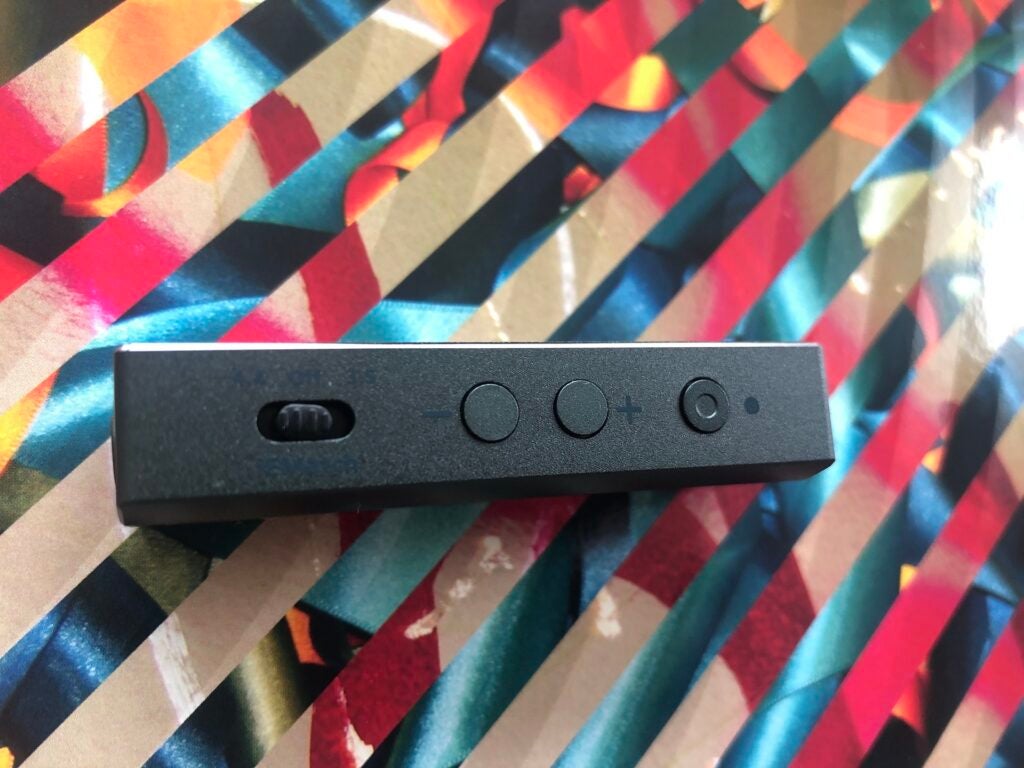
The analogue circuitry is a balanced design with a symmetrical twin-channel output stage – fully separating the left and right channels in this manner is intended to reduce noise and cross-talk in the signal path.
Basically, the iFi GO bar may not have many features, but what features it does have are, to all intents and purposes, uncompromised. Certainly, it seems set to bring the very best from any cost-appropriate partnering equipment, whether it’s the source or the headphones to which this dongle is attached.
Sound Quality
- Full-scale, properly defined sound
- Remarkable detail retrieval
- Muscle and delicacy in equal measure
Thanks to the selection of cables iFi provides, I’m able to test the GO bar using an Apple MacBook Pro, an iPhone 13 and a Google Pixel 4a. And it’s nice to be able to report that it a) does wonders for the sound of all three of them, and b) is completely consistent in the work it does.
It’s utterly agnostic, too. No matter if you feed in a poverty-spec MP3 file from Spotify’s free tier or an enormous DSD256 file from a device’s internal memory, the iFi rolls its sleeves up and sets about making the best of it. And when it’s given the right stuff to work with (anything that’s a step on from Spotify’s free tier, basically), the influence it can bring to bear can be profound.
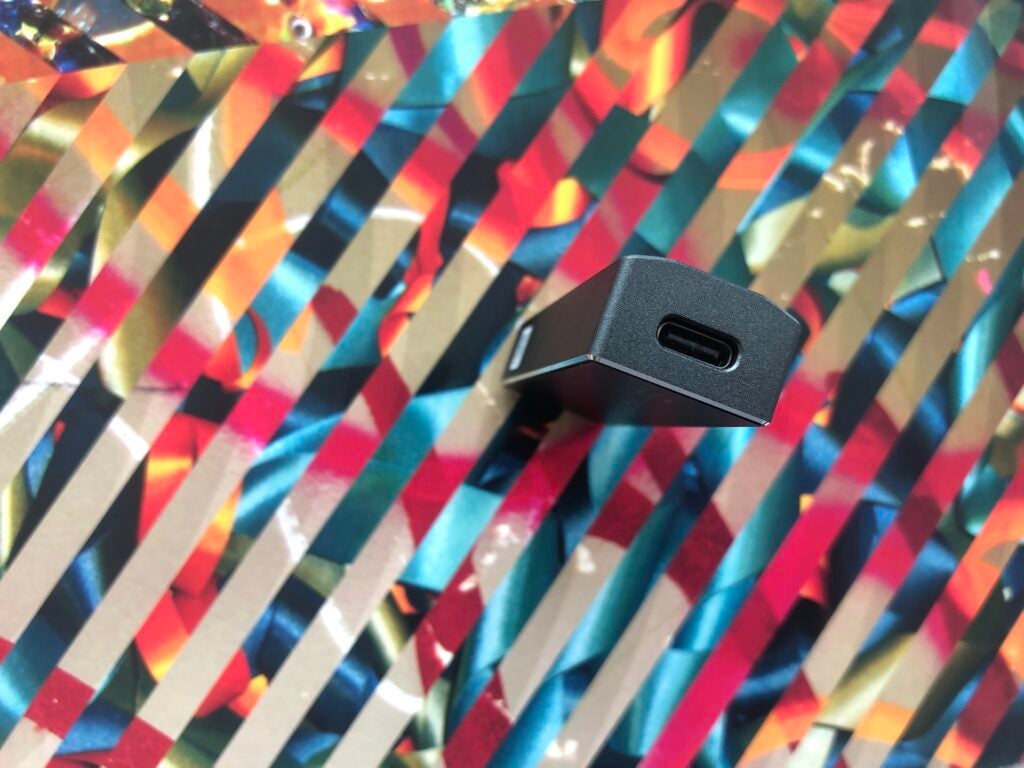
An 16bit/44.1kHz file of Angelica by Wet Leg enjoys across-the-board gains. Low frequencies are deeper, more overtly textured, and better controlled at the leading and trailing edge of individual notes or hits. Improvements to the size and definition of the soundstage allows the mannered vocal in the midrange to sit front-and-centre, secure in a pocket of space yet nicely integrated into the performance as a whole. The top of the frequency range gains a degree of confidence without getting in any way too assertive – instead, it attacks with crisp determination and, again, proper control.
A switch to a DSD64 file of Stevie Wonder’s He’s Misstra Know-It-All gives the GO bar even greater opportunity to assert itself. The broad dynamics of the recording are handled with assurance – but it’s the harmonic variations in the recording, the note-by-note dynamic differences in each instrument, that are given entirely more prominence.
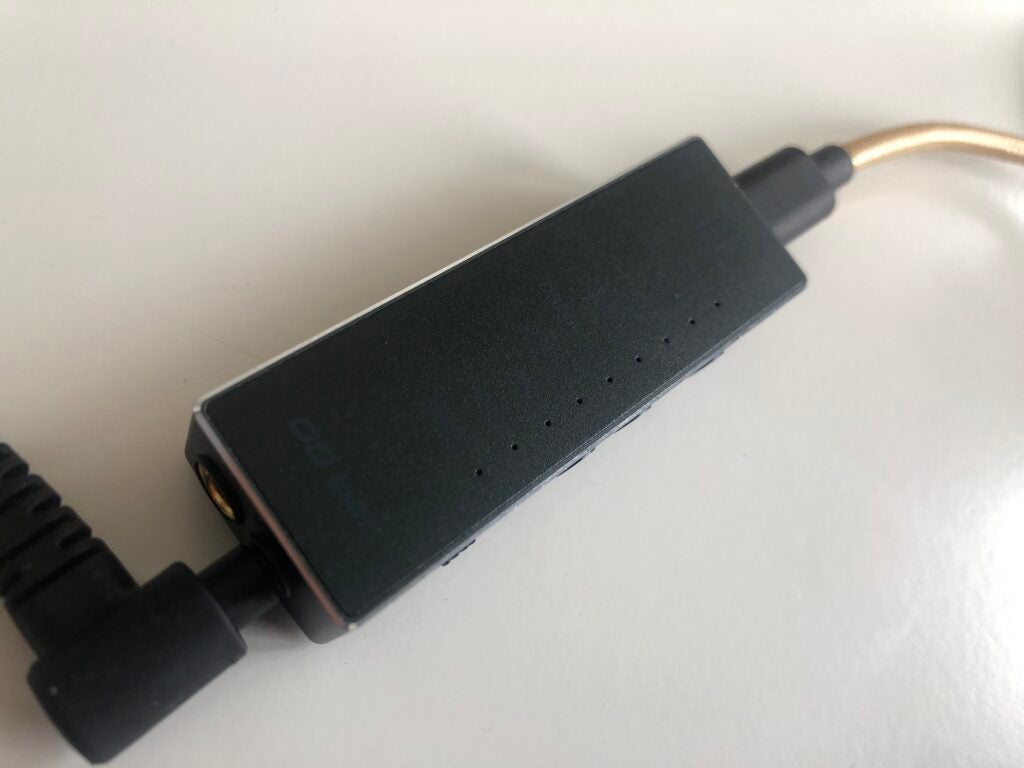
This is not at the expense of the unity of the recording, you understand – the iFi isn’t prissy or analytical, it simply extracts and retains more of the minutiae of a performance than an unassisted laptop or smartphone has a prayer of doing.
Overall, though, it’s detail levels that are probably the single most impressive aspect of the work the iFi gets through. It serves up the finest, most elusive and/or most transient aspects of a recording with absolute confidence and puts them in appropriate context. Even the most fleeting elements of a recording, no matter how far back on the stage or how deep in the mix, are revealed – and the result is a much richer listening experience.
Latest deals
Should you buy it?
You want to put a (relatively) small, (relatively) affordable rocket up your digital audio enjoyment There isn’t an aspect of audio reproduction the GO bar doesn’t improve, accentuate or otherwise enhance
Your pocket is only just big enough for your smartphone By the standards of USB dongle DACs, the GO bar is a big ‘un
Final Thoughts
Ask not how small your dongle USB DAC is, ask what it can do for your listening pleasure. Smaller DACs are available, of course, as are more affordable DACs – but none of them have the sort of profound influence on the sound you hear the GO bar has. If you can physically accommodate it (which shouldn’t be too tricky unless your fashion vocabulary favours the skinniest of fits) and it’s not too expensive (which is a live consideration, of course), it’s thrillingly fit for purpose.
How we test
We test every DAC we review thoroughly over an extended period of time. We use industry-standard tests to compare features properly. We’ll always tell you what we find. We never, ever, accept money to review a product.
Find out more about how we test in our ethics policy.
Tested for more than a week
Tested with real world use
Tested with Hi-res audio files
FAQs
Both the standard and Anniversary versions of the Go Bar come with a bespoke Lightning to USB-C cable for connection to iOS devices.
Full specs
Sustainability
Trusted Reviews’ holds the fact that global warming is not a myth as a core value and will continuously endeavour to help protect our planet from harm in its business practices.
As part of this mission, whenever we review a product we send the company a series of questions to help us gauge and make transparent the impact the device has on the environment.
We currently haven’t received answers to the questions on this product, but will update this page the moment we do. You can see a detailed breakdown of the questions we ask and why in our sustainability info page.
Jargon buster
Hi-Res Audio
Hi-Res audio is referred to as a standard as well as a marketing term that describes digital audio files of better-than-CD quality (16-bit/44.1kHz).


